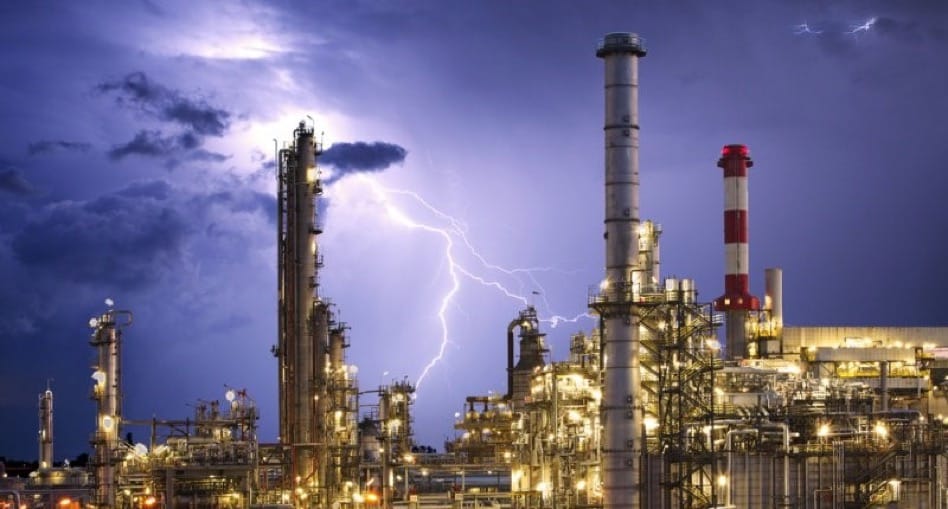Oil Storage Tanks and Lightning Risk
Oil Storage Tanks and Lightning Risk
Lightning is one of the most powerful and destructive forces in nature. Each year, many oil storage tanks are damaged or destroyed by lightning strikes. The resulting tank fires can cause millions of dollars in damage and lead to environmental disasters.
There are several measures that can be taken to protect critical infrastructure and valuable content from catastrophic lightning events. One of the most important is to ensure that your tank is properly grounded. An appropriately grounded tank will help to dissipate the electrical charge from a strike and reduce the risk of damage. In addition to tank grounding/earthing, it is critical that all metal bodies are properly bonded together, thus avoiding a difference in voltage potential, which would lead to arching and side-flashes.
In the case of a floating-roof oil storage tank, it’s imperative to provide a direct, verifiable, electrical connection between the floating roof and the tank shell. This connection is provided by installing a series of Retractable Bypass Conductors (RBC) around the circumference of the tank rim. Installing RBC’s according to API 545 recommended practices, will ensure a low-impedance, electrical bond between these surfaces.
Another important step is to install Lightning Protection Systems (LPS) on the tanks and other critical other structures. LPS’s provide a path for lightning current to flow safely into the ground, preventing damage to the structure and its contents.
By taking these simple precautions, you can help to protect your oil storage tank and valuable content from catastrophic lightning events.

